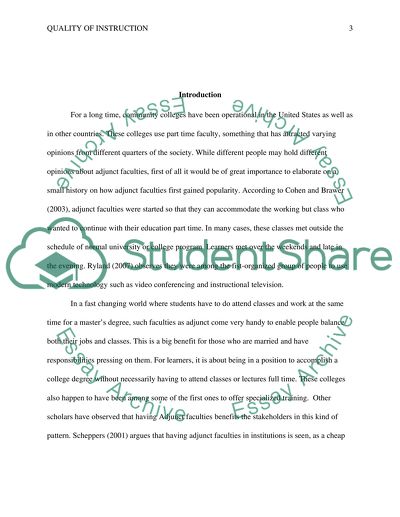Cite this document
(“Quality of instruction provided by adjunct/part-time community college Research Proposal”, n.d.)
Retrieved from https://studentshare.org/education/1395347-quality-of-instruction-provided-by-adjunct-part
Retrieved from https://studentshare.org/education/1395347-quality-of-instruction-provided-by-adjunct-part
(Quality of Instruction Provided by adjunct/Part-Time Community College Research Proposal)
https://studentshare.org/education/1395347-quality-of-instruction-provided-by-adjunct-part.
https://studentshare.org/education/1395347-quality-of-instruction-provided-by-adjunct-part.
“Quality of Instruction Provided by adjunct/Part-Time Community College Research Proposal”, n.d. https://studentshare.org/education/1395347-quality-of-instruction-provided-by-adjunct-part.


